Premium Only Content
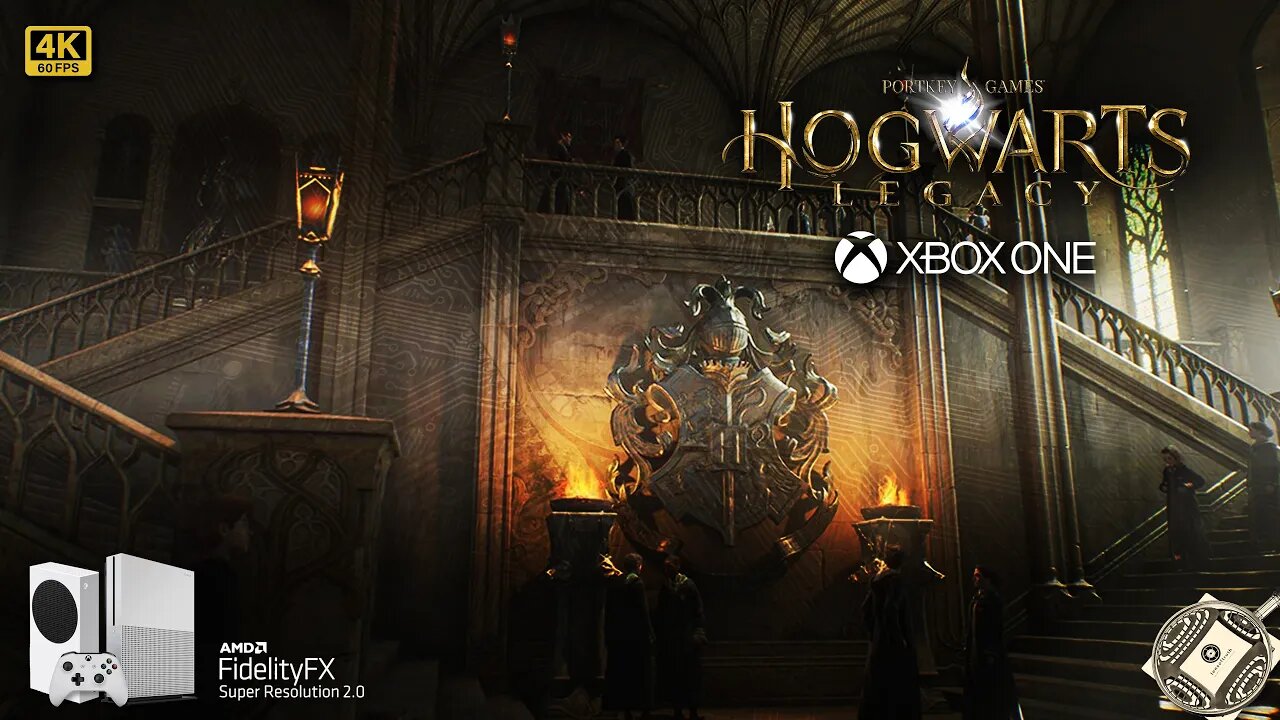
Hogwarts Legacy Xbox One and Xbox Series Versions - Tech Analysis on Xbox Series S - 4K/FSR2
Analysis of performance and image quality of Hogwarts Legacy Xbox One Version and Xbox Series Version on Xbox Series S.
If you're interested in getting to know the game better, watch this video on a partner channel and see a little more running in the Xbox Series S and Xbox One:
Xbox Series S gameplay: youtu.be/-Qoibd_tixE
Xbox One gameplay: youtu.be/s78JolRJBvw
Index:
Intro 00:00
Frame Rate Part 01 00:17
Resolution 02:17
Reflections 03:57
Frame Rate Part 02 05:10
Shadows 07:10
Textures 08:24
Loading 09:37
Xbox One S Tech Specs 11:22
Xbox Series S Tech Specs 11:32
Technical dictionary for this analysis:
- AMD FidelityFX™ Super Resolution (FSR):
FidelityFX Super Resolution (FSR) is used to upsample an input image into a higher resolution. There are two versions of FSR with distinctive upscaling technique and image quality.
FSR 1 is a spatial upscaler based on the Lanczos algorithm* requiring an anti aliased lower resolution image.
FSR 2 and 2.1 is a temporal upscaler based on a modified Lanczos* requiring an aliased lower resolution image and utilising the temporal data (such as motion vectors and frame history) and then applies its own anti aliasing pass which replaces the game's temporal anti-aliasing solution.
Quality Preset Scale Factor Render Scale
Performance 2.0x 50.0% (e.g. for 4k: 1080p upscale to 2160p with FSR)
Balanced 1.7x 58.8% (e.g. for 4k: 1270p upscale to 2160p with FSR)
Quality 1.5x 66.6% (e.g. for 4k: 1440p upscale to 2160p with FSR)
* The Lanczos algorithm is an iterative algorithm invented by Cornelius Lanczos that is an adaptation of power methods to find eigenvalues and eigenvectors of a square matrix or the singular value decomposition of a rectangular matrix. It is particularly useful for finding decompositions of very large sparse matrices.
- Cube Mapping Reflections:
A Cubemap is a collection of six square textures that represent the reflections on an environment. The six squares form the faces of an imaginary cube that surrounds an object; each face represents the view along the directions of the world axes (up, down, left, right, forward and back). Cubemaps are often used to capture reflections or “surroundings” of objects; for example skyboxes and environment reflections often use cubemaps.
- Screen Space Reflections (SSR):
Screen space reflections (SSR): a more expensive technique that traces reflection rays in screen space (as opposed to world space in e.g. ray tracing). This is done for each rendered pixel of the reflected surface, using the surface normal and scene depth.
The disadvantage is that objects not captured in the rendered frame cannot appear in the reflections, which results in unresolved intersections and incomplete reflection image.
- Ray-Traced Reflections
Ray-Traced Reflections is a more accurate ray-traced solution to Screen Space Reflection technique (that traces reflection rays in screen space), ray tracing traces reflection rays in world space.
The disadvantage of the technique using ray tracing is the need for a dedicated hardware for accelerating the calculations needed to perform the feature.
- Shadow Mapping
Shadow mapping or shadowing projection is a process by which shadows are added to 3D computer graphics. This concept was introduced by Lance Williams in 1978, in a paper entitled "Casting curved shadows on curved surfaces."[1] Since then, it has been used both in pre-rendered and realtime scenes in many console and PC games. Shadows are created by testing whether a pixel is visible from the light source, by comparing the pixel to a z-buffer or depth image of the light source's view, stored in the form of a texture.
- Simple Shadow Mapping
Simplest possible implementation of Shadow Mapping, without any smoothing or additional features.
- Soft Shadows Mapping
Soft shadows are typically rendered in games by using shadow mapping and Percentage Closer Filtering with a uniform kernel size. The Percentage-Closer Soft Shadows (PCSS) algorithm computes a variable kernel size based on the distance between the relative position of the receiver point, an approximation of the blocker, and the area light.
- Ray-traced Shadows
Ray-traced shadows are generated by tracing the path of rays sampled from a light source. Ray-traced shadows are more accurate than shadow-mapped shadows. All ray-traced shadows are world space shadows.
My Specs:
- Ryzen 5 5600
- 16 GB DDR4 3200
- Galax GTX 1080 Sniper White
- Elgato 4k60 Pro Mk.2
Facebook Group:
https://m.facebook.com/groups/14589692844998
-
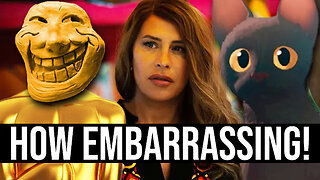 18:37
18:37
Clownfish TV
8 hours agoThe Oscars Just EMBARASSED Disney and Emilia Pérez...
60.5K25 -
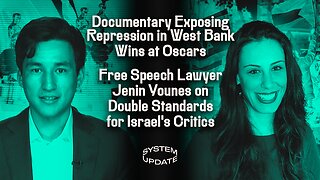 56:28
56:28
Glenn Greenwald
10 hours agoDocumentary Exposing Repression in West Bank Wins at Oscars; Free Speech Lawyer Jenin Younes on Double Standards for Israel's Critics | SYSTEM UPDATE #416
107K84 -
 1:03:34
1:03:34
Donald Trump Jr.
12 hours agoZelensky Overplays His Hand, More Trump Wins, Plus Interview with Joe Bastardi | Triggered Ep.221
168K137 -
 1:13:16
1:13:16
We Like Shooting
20 hours ago $6.08 earnedDouble Tap 399 (Gun Podcast)
57.1K2 -
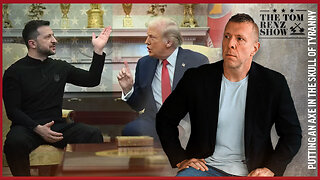 1:00:20
1:00:20
The Tom Renz Show
1 day agoTrump Schools Zelensky, The Epstein Files FAIL, & What RFK Will Mean for Cancer
60.9K25 -
 42:47
42:47
Kimberly Guilfoyle
13 hours agoThe Trump effect: More Major Investment, Plus America First at Home & Abroad. Live w/Ned Ryun & Brett Tolman | Ep. 201
141K46 -
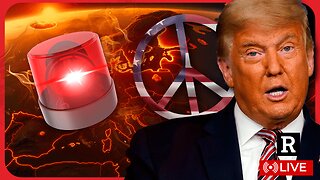 1:29:23
1:29:23
Redacted News
12 hours agoWW3 ALERT! Europe pushes for war against Russia as Trump pushes peace and cutting off Zelensky
174K291 -
 57:56
57:56
Candace Show Podcast
16 hours agoHarvey Speaks: The Project Runway Production | Ep 1
164K104 -
 56:31
56:31
LFA TV
1 day agoEurope’s Relationship With America Is Over | TRUMPET DAILY 3.3.25 7PM
50.6K7 -
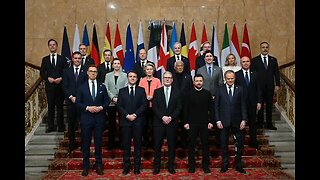 2:04:45
2:04:45
Quite Frankly
14 hours ago"European Deth Pact, Blackout Data Breach, Epstein" ft. Jason Bermas 3/3/25
50.2K20